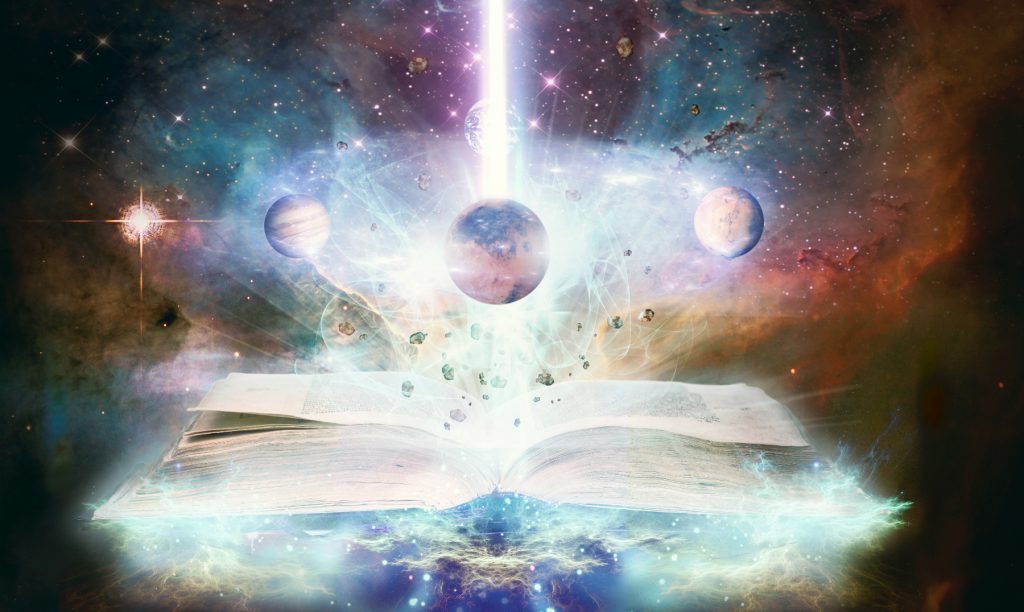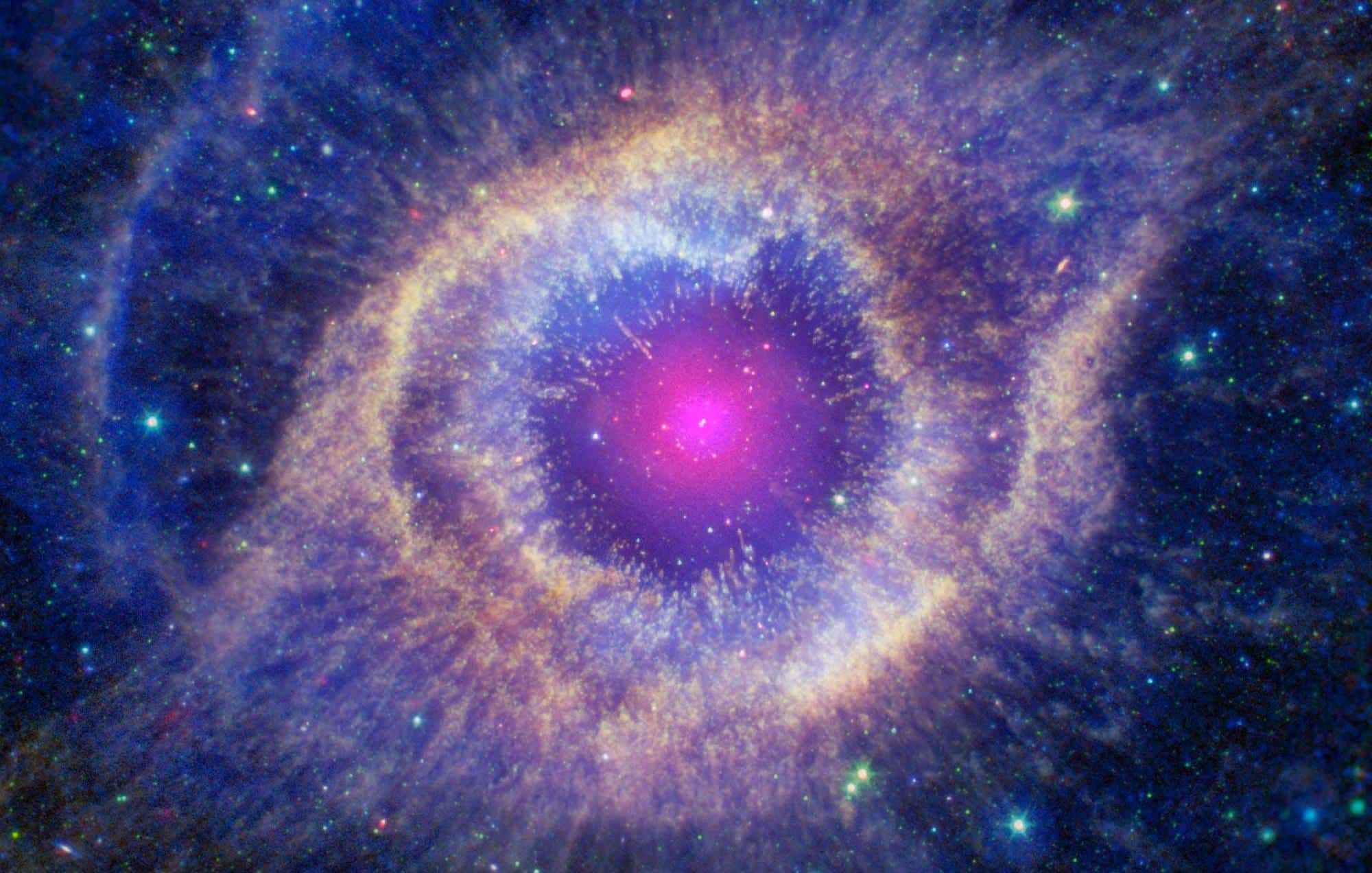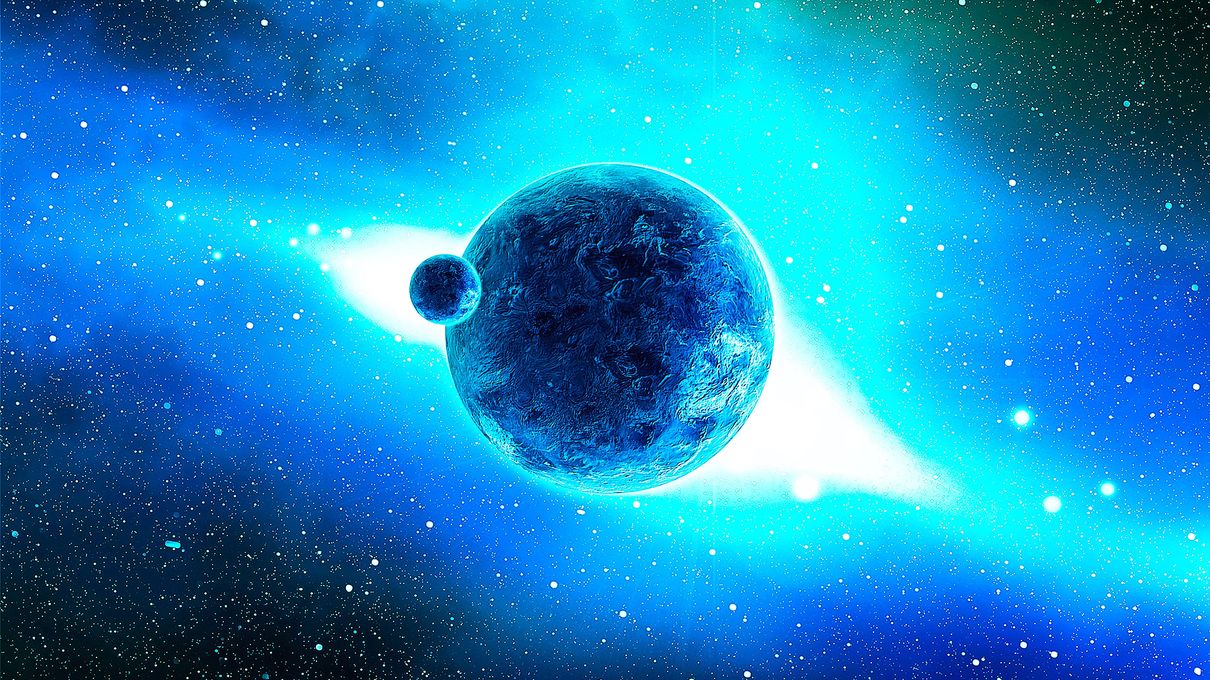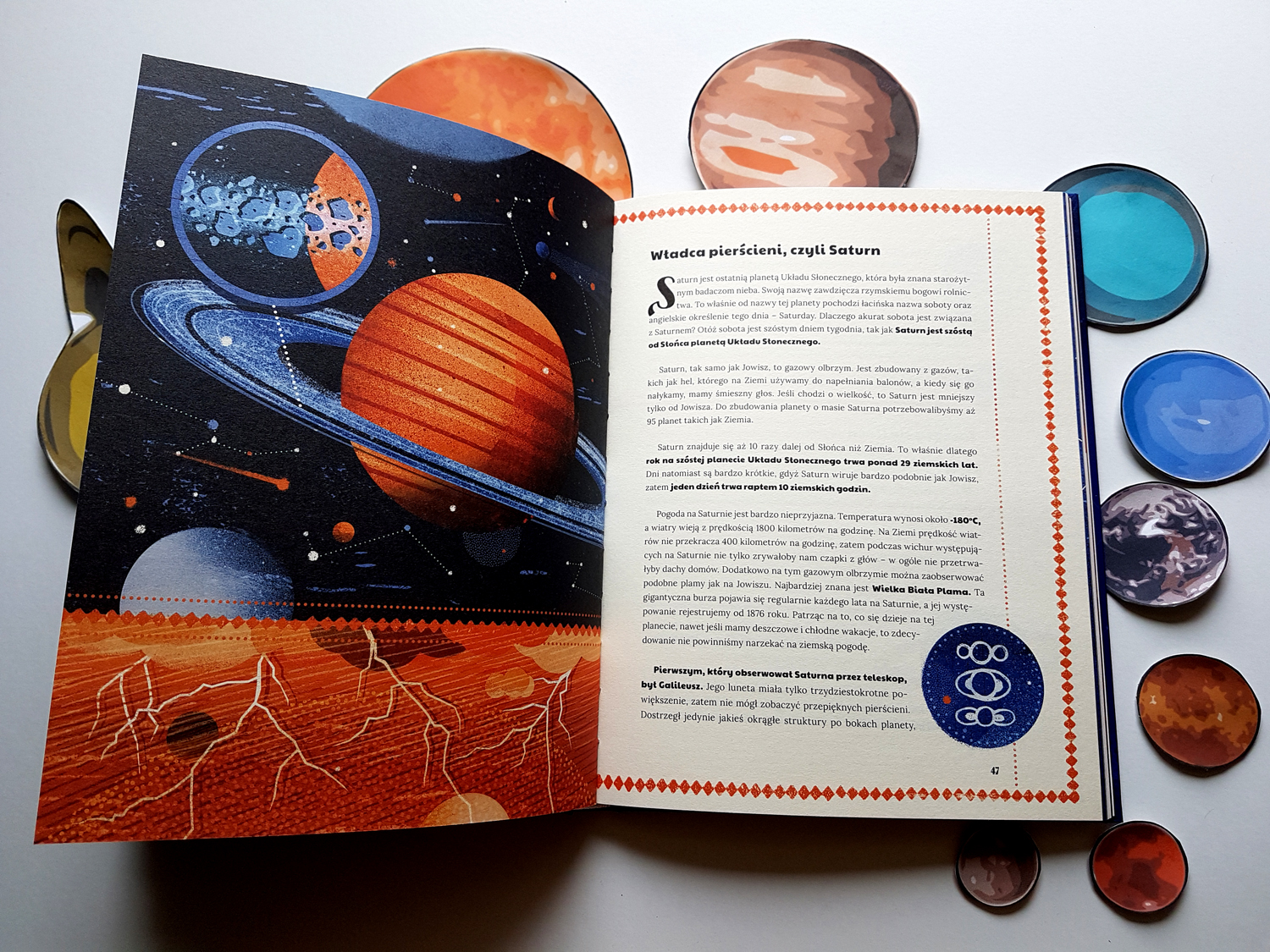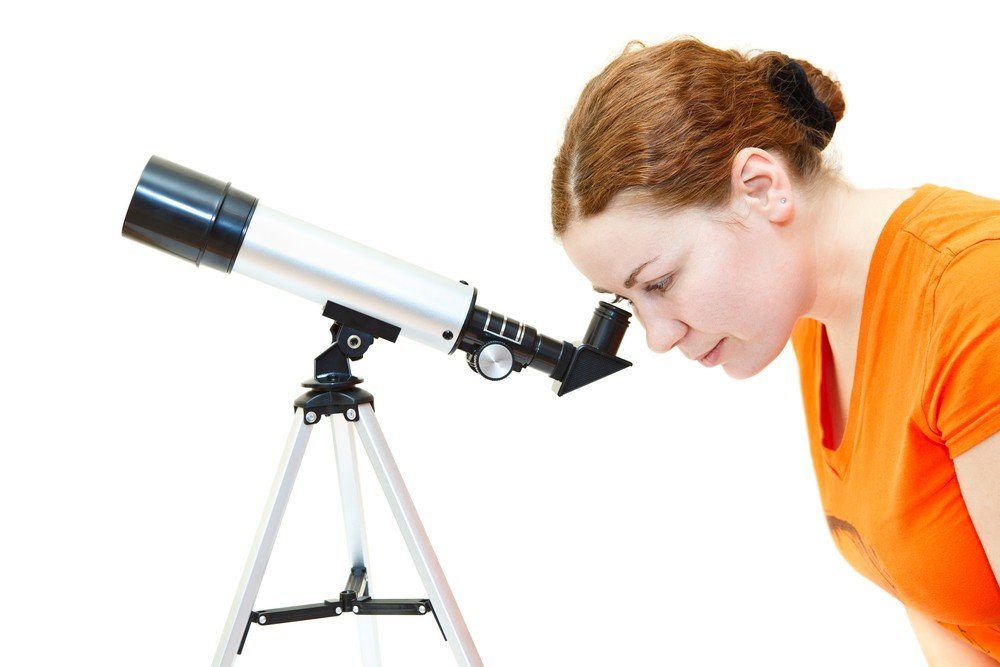HISTORY AND THEORIES OF ASTRONOMY – Know everything!
The history and theories of astronomy is the account of the observations, discoveries and knowledge acquired throughout history in astronomical matters. Astronomy arises since humanity was born because human beings have always been curious about the stars.
Since time immemorial they have been interested in them, they have shown constant cycles and immutability during the short period of human life, which was a useful tool to determine the periods of abundance for hunting and gathering or those such as winter in which preparation was required to survive adverse climatic changes.
The practice of these observations is so true and universal that they have been found throughout the planet in all those parts where man has inhabited. It follows then that astronomy is probably one of the oldest trades, manifesting itself in all human cultures.
The immutability of the sky is altered by real changes that man in his observations and primitive knowledge could not explain, from there was born the idea that powerful beings inhabited the firmament that influenced the destinies of the communities and that they possessed human behaviors and therefore they required worship to receive their favors or at least avoid or mitigate their punishments.
This religious component was closely related to the study of the stars for centuries until scientific and technological advances were clarifying much of the phenomena that were not understood at first. This separation did not occur peacefully and many of the ancient astronomers were persecuted and tried for proposing a new organization of the universe.
HISTORY AND THEORIES OF ASTRONOMY – ANCIENT ASTRONOMY
One of the first to carry out astronomical-scientific work was Aristarchus of Samos (310-230 BC) who calculated the distances that separate the Earth from the Moon and the Sun, and also proposed a heliocentric model of the Solar System in which, as its name indicates, the Sun is the center of the universe, and around which all the other stars revolve, including the Earth.
The geocentric model was the brainchild of Eudoxus of Cnidus (390–337 BC) and years later received strong support from Aristotle and his school. This model, however, did not explain some observed phenomena, the most important of which was the different behavior of the movement of some stars when compared to that observed for most stars.
It was Ptolemy who took on the task of finding a solution so that the geocentric system could be compatible with all these observations.
In the Ptolemaic system, the earth is the center of the universe and the moon, the sun, the planets and the fixed stars are in glass spheres revolving around it; To explain the different movement of the planets he devised a particular system in which the Earth was not at the exact center and the planets revolved in an epicycle around a point located on the circumference of their orbit or main sphere (known as ‘Deferent’). ‘).
Epicycles had been the brainchild of Apollonius of Pergamon (262–190 BC) and improved upon by Hipparchus of Nicaea (190–120 BC). As the planet rotates around its epicycle while its center moves simultaneously on the sphere of its deferent, it is achieved, by the combination of both movements, that the planet moves in the direction of the “fixed” stars.
FIRST MODERN ASTRONOMERS.
From the technical and optical developments and the new mathematical and physical theories, a great boost was given to the sciences and in the subject that touches us, astronomy. Thousands of celestial objects were discovered and catalogued. In the 17th century, great men who built what we know today as modern astronomy appeared.
Johannes Hevelius (observations of the moon and comets), Christian Huygens (rings of Saturn and Titan), Giovanni Domenico Cassini (satellites of Saturn), Ole Romer ( speed of light from the eclipses of Jupiter’s satellites in 1676) and John Flamsteed (founder of the Greenwich Observatory in 1675).

Within this environment Issac Newton promulgated his three laws that definitively removed empiricism in the explanation of celestial movements. These laws are:
A body remains at rest or in motion in a straight line and at a constant speed unless acted on by an external force. The force applied by one body on another, generates a force of equal magnitude on the first but in the opposite direction.
It is said that Newton was inspired by the fall of an apple to imagine the effect of gravity, although it is proven that this is just a legend, it serves as a tool to understand the force of gravitation: The same gravitational force that makes the apple fall apple extends towards the Moon and if it were not for it the moon would escape from the Earth’s orbit. The Law of Universal Gravitation says that:
”Two bodies attract each other with a force that is directly proportional to the mass of each and inversely proportional to the square of the distance that separates them”.
Newton carried out many other works in astronomy, such as the modification of the design of the telescopes of the time in a model he called Newtonian reflectors; he wrote Philosophiae naturalis principia mathematica, in it he expounded his laws and explained the dynamics of the solar system.
NEW THEORIES OF THE UNIVERSE.
Increasingly detailed astronomical observation allowed the discovery of celestial objects other than fixed stars, planets, and comets.
These new observed objects were like patches of light that due to their appearance were given the name of nebulae. The German Friedrich Wilhelm (1738-1822) was one of the first to study these objects, a musician by profession, he finally abandoned the notes for the stars, his sister Caroline Herschel (1750-1848), worked with him sweeping areas of the sky , with which they drew a map of the galaxy with a large number of observed stars.
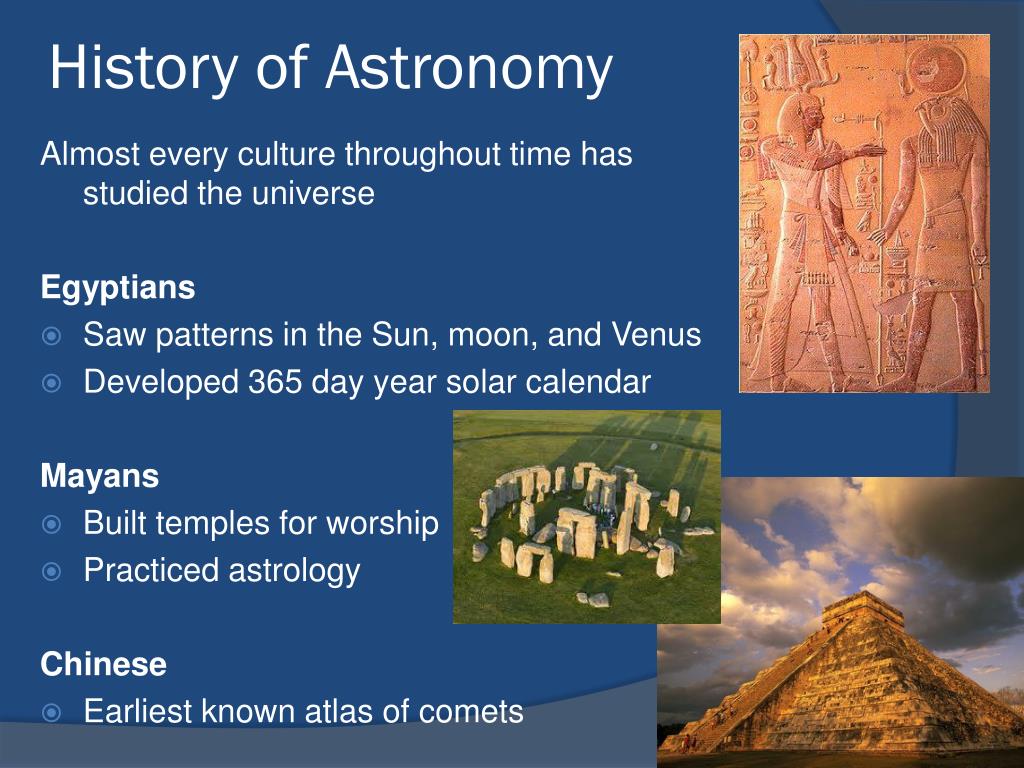
Herschell also made other important discoveries such as Uranus, its moons Titania and Oberon, and Saturn’s moons Enceladus and Mimas. During the eighteenth century one of the goals of astronomical studies was to calculate distances in the universe.
The measurement system was parallax, which measures the motion of a star relative to neighboring stars when viewed from two different points. The first distance to a star measured with this method was made by Friedrich Bessel (1784-1846) in 1838 at 61 Swan (constellation) obtaining a distance of 11 light years and, later, Alpha Centauri with a distance of 4.3 Light years.
HISTORY AND THEORIES OF ASTRONOMY – THE ASTRONOMY OF THE TWENTIETH CENTURY.
The heliocentric theory reaches the 20th century in all its splendor, the sun is the center of the universe and everything revolves around it, including all deep space objects within which there were some very special nebulae called spiral nebulae.
The discovery and study of variable stars (stars that vary in brightness periodically), initiated mainly by Harlow Shapley (1885-1972), led to the discovery of a special type of them whose characteristic was that the changes in brightness were related to their intrinsic luminosity, Since the prototype star was found in the constellation Cepheus, they were named Cepheids.
When knowing the luminosity of a celestial object, it is enough to apply the inverse square law that says that the brightness decreases according to the square of the distance to calculate the distance from the observer.
Shapley found that globular clusters, groups of millions of stars that form a compact and round cluster that revolve around the galactic centers, are much further from the Sun than from the center of the galaxy and thus the solar system should be located in the periphery far from the center of the universe around which the globular clusters and the other observed stars revolve.
At the beginning of the century, the theory of island universes outlined by Kant survived, in which spiral nebulae were island universes separated from the Milky Way to which the sun belonged.
This theory was strongly supported by Herschel, but there was no evidence to support it. . This evidence would come from the observations of Edwin Hubble (1889-1953) made at the Mount Wilson observatory.
Hubble, on February 19, 1924, wrote to Shapley, his opponent who defended the existence of a single galaxy: «Surely you will be interested to know that I have found a Cepheid variable in the Andromeda nebula». In this way it was revealed that the spiral nebulae were not simple clumps of gas within the Milky Way but true independent galaxies or as Kant described “island universes”.
During this time Albert Einstein exposed his Theory of General Relativity from which it is deduced that the universe is not static but expands, Einstein however introduced a constant cosmological call to “stop” the expansion and adapt his theory to the knowledge of the moment.
Hubble’s discoveries stimulated the study of spiral nebulae, the young Vesto Slipher who worked at the Lowell Observatory under the orders of the infamous Percival Lowell, was in charge of his study, during his investigations he found that these spiral nebulae had a redshift persistent in their spectra (an object that moves away from the observer lengthens the wavelengths emitted by it, shifting towards the red in the studied spectrum).
However Slipher did not find the explanation for his finding. In an independent work, Hubble, when measuring the distances of 25 galaxies, found a direct correlation between their distance and the degree of shift or, in other words, the speed at which they move away.
The man who merged the results of the investigations of Slipher, Hubble and Einstein was a priest mathematician named Georges Lemaitre (1894-1966) who in 1927 published an article where he developed the relationship of the red shift with an expanding universe.
When his article was published, the scientific community concluded that if the universe is ever expanding, it must have been united in a point of light which he called a singularity or “primordial atom” and its expansion “big noise”. The astronomer Fred Hoyle (1915-2001) —contradictory to this theory— contemptuously called it the “Big Bang”, which is how the most widely accepted theory of the origin of the universe is currently known.

If it is assumed that the universe expands in all directions from an initial moment, it is believed that this expansion can be constant or stop at a certain moment, one or the other possibility will depend on the amount of matter present in the universe and if the force of gravity between it will be enough to contract the matter or not, this amount has not been determined.
At present it has been shown that the expansion of the universe is accelerating. These latest findings are still under intense study to clarify the future of the universe, our galaxy, our Sun and our home, the Earth.
THE ASTRONOMY OF THE XXI CENTURY.
We now know that we inhabit a tiny planet in a solar system ruled by the Sun that is advancing in the first third of its life and that it is located on the fringes of the Milky Way, a barred spiral galaxy made up of billions of suns, Like other galaxies, it has a super massive black hole in its center and is part of a galactic group called the Local Group, which, in turn, is found within a supercluster of galaxies.
The universe is made up of billions of galaxies like the Milky Way and has been estimated to be between 13.5 and 13.9 billion years old, and its expansion is constantly accelerating.
Many scientific and technical advances open new windows to the study of space: we have powerful terrestrial and orbital telescopes, interplanetary probes reach the confines of the solar system and robots are found on the surface of other worlds, increasing man’s capacity for his wonderful astronomical environment.


